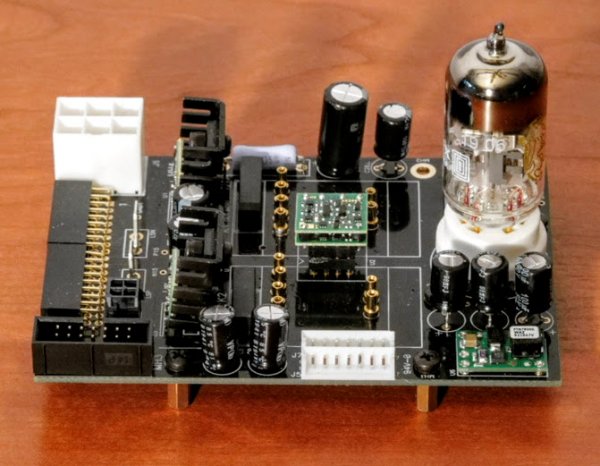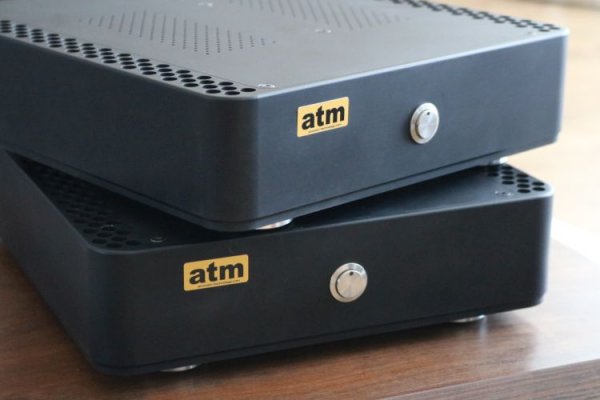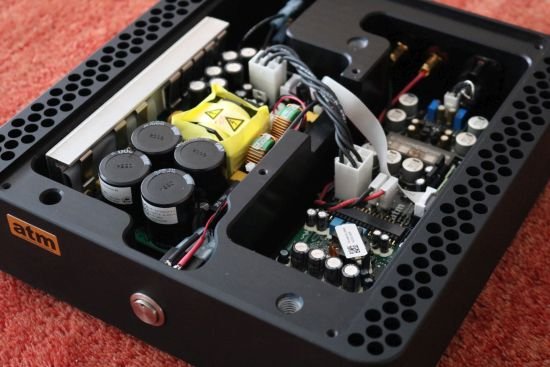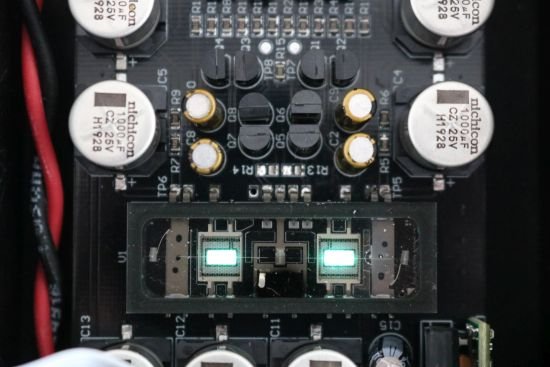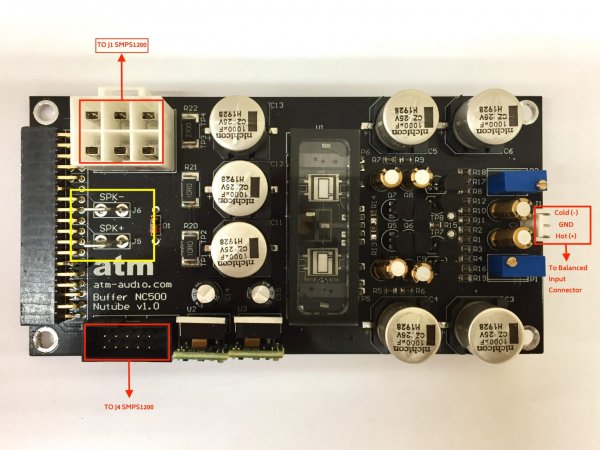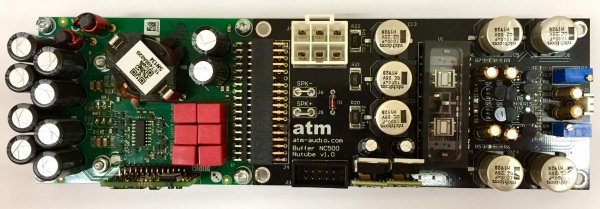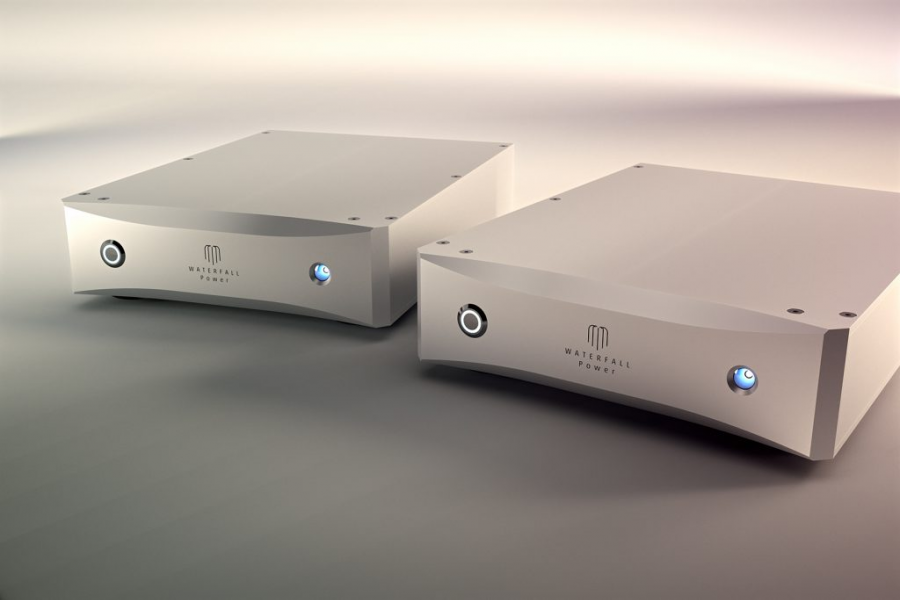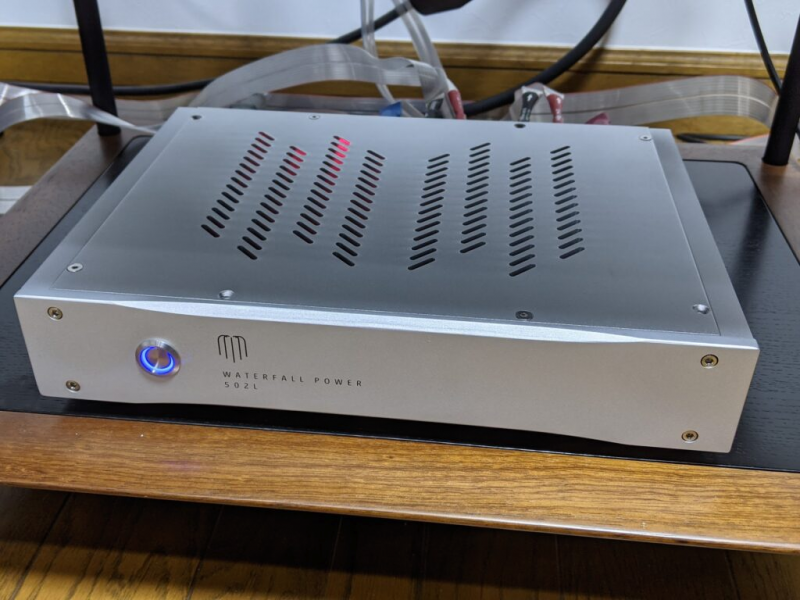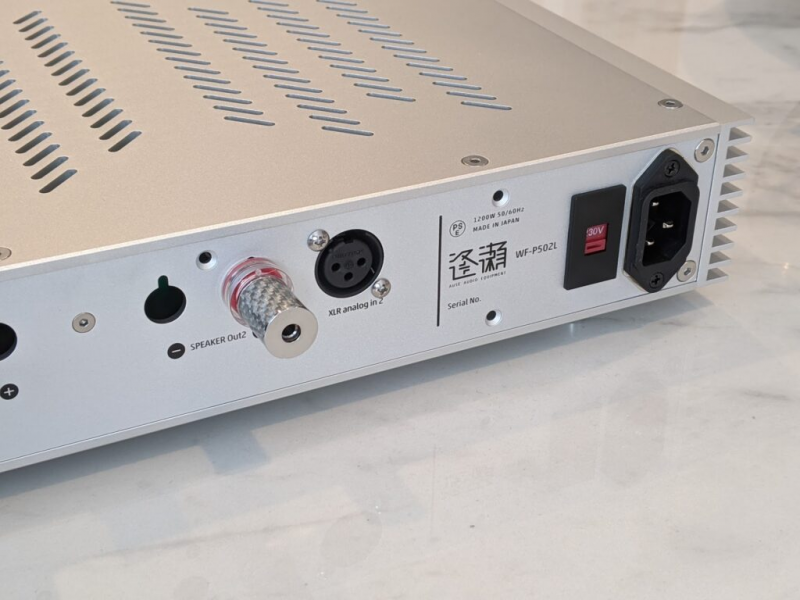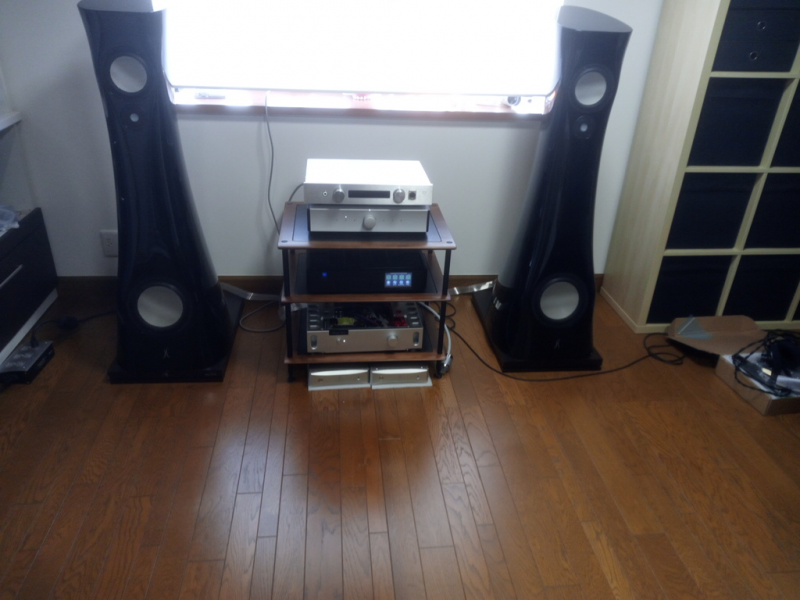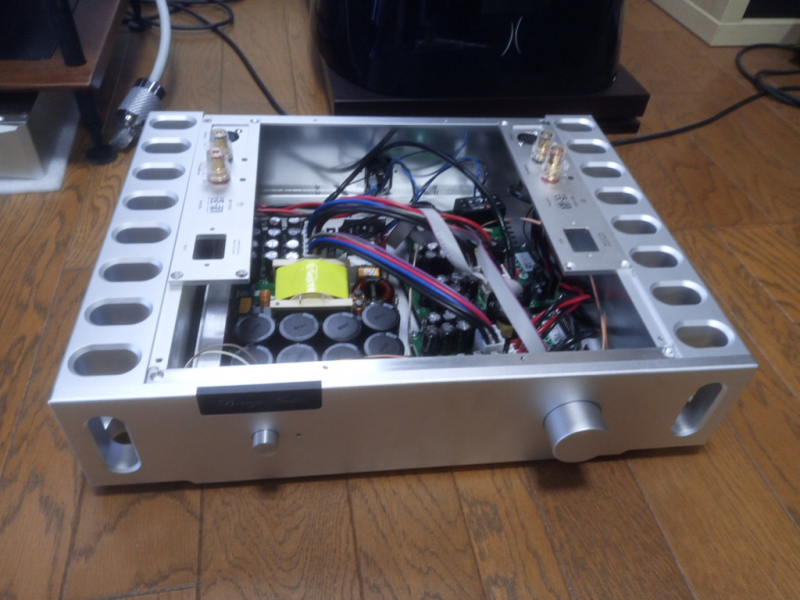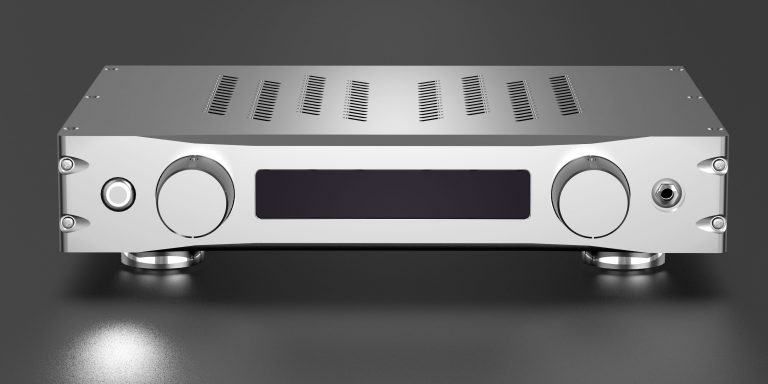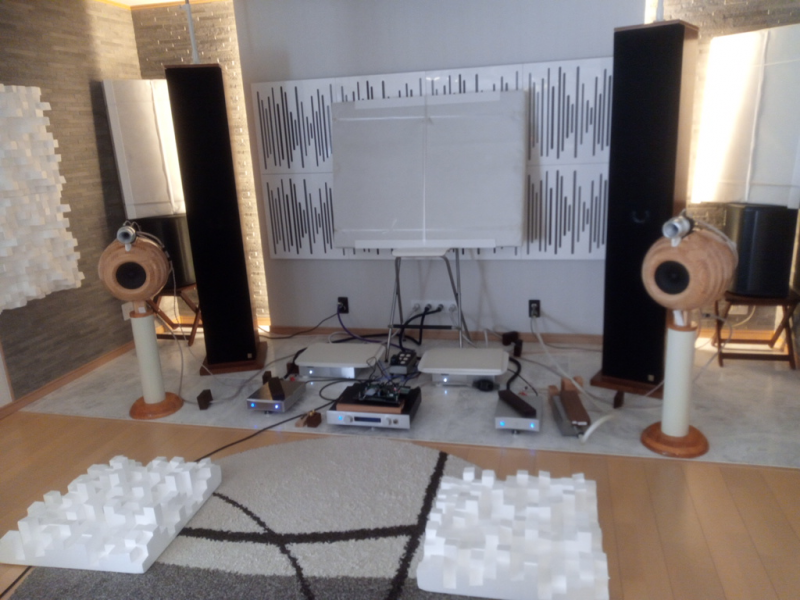Have you listened to the 3000 watt supply on a single Purifi amp module (mono amps)? If so, how did it sound different from the 1200 watter? This is what really matters.....the sound. Since you believe what Hypex states......you probably did not go out of your way to buy the lower voltage power versions of the 3k supply to test on a Purifi. But maybe you tested the high voltage version on the NC1200? By the way, power supply pumping can be mitigated by the use of large value capacitors on the power supply. There is not much capacitance on any Hypex or Purifi module....nor on the output of any Hypex power supply. So, even without power supply pumping better sound could be achieved by adding capacitance near the output stage. I am getting some 10,000 uf caps in this week to try on my 1200 watt supply and on the 3000 watt supply. This could be a major breakthrough even on the 1200.....we shall see/hear. Rowland has a bank of capacitors they add in their $6000 535 amp (using a stock Pascal stereo module). He did this to improve dynamics, slam and transparency. You can see the 10 added caps in this pic:
View attachment 68856
All connections degrade the sound. The output wire on the Apollon amp is crimped? into a connector on the amp module and then soldered? at the other end to the silver WBT post. This is very good. However, if you took the same wire and soldered it to the NC1200 module (Bruno did this in the Mola Mola) and then ran it outside the amp like I do and wrapped it around the outside of the binding post you would hear lower distortion sound. You cannot add connections and silver anything and get lower distortion. The silver connector could make it "sound" more detailed then even the straight wire. I did a straight wire bypass test on the silver WBT RCA connectors and found the they actually fool you into thinking it has more detail because the upper mids are pushed forward. The straight wire was less forward but had more inner detail. This is the problem with silver.....almost always has a "silver sheen".
When using the Purifi modules the modulator stage is also powered by whatever regulators you use on the front end. We both use Sparko labs regulators. I modify mine for better sound. You really want the regulators as close to the circuit as possible. Having a bunch of connectors in series with this power supply distorts the sound, as well. The regulators and super output caps should be right next to the input stage and also hardwired directly to the modulator stage (no connectors). I do this. If you put a steel shield around a toroidal transformer you close down its field resulting in loss of transparency. If you need to shield, then keep the shield at lease one inch or more away from the body of the transformer and never use ANY metal inside, on top of or directly around the transformer.....isolate the transformer using wood and use glue or tie wraps to secure......much better sound.
Every single thing you do anywhere in the AC power, DC power and amplifier stages effects the sound. Let us just look at the AC power.
The first thing the AC sees is the AC receptacle. If you are not using a Furutech AC inlet then you are not hearing the potential of the amp. If you use a power switch, you are degrading the sound. If you use a stock fuse (it looks like two stock fuses in series in the Apollon amp...one in the external inexpensive fuse holder/inlet/switch combo and one on the power supply) then you degrade the sound. If you crimp wires in the AC power and use extra connectors then you degrade the sound. If you use a soft start, then you degrade the sound. A soft start is more wires, connectors and a relay....all in series with the AC signal. There are tons of amplifiers using Hypex power supplies without soft starts out there....I don't see any reliability problem. If you get rid of the power switch then you rarely even have turn on surges. The shortest and purest signal path always wins. I use a Furutech inlet that I modifiy so I can solder a fuse holder directly to it (no extra wire). I use no power switch. I then hardwire (solder...not crimp connections) 14 gauge foam teflon insulated cryoed OFC copper AC wire directly from the AC inlet/fuse to the input of the power supply. Yes, I solder to the power supply.....no connector. I then remove the stock fuse on the power supply. The single fuse that comes standard in my amps is a Create Audio fuse (inexpensive, yet much better than a stock fuse). Obviously, one can easily change that fuse to one of the sonically more advanced jobbies. By the way, Merrill also uses no power switch on any of their products.....go Merrill! Some people buy $10,000 power cords just to get the power as good as possible to the amp. You do not want to lose all that goodness by using stock fuses, switches, ordinary wire, relays, ordinary connectors, etc..........everything.....everything matters in audio.
Everything that I do follows this super pure tweaky (listened to) signal path execution. Elimination of every connection possible. Use the best wire possible. Use the best parts possible. Modifiy to make better. Damp parts by listening (you can overdamp). Everything that I am doing on these modified amps I have done before except one very important thing: This is the elimination of the distortion producing ferrite core coils on the amps. This is a breakthrough. When you hear the purity and speed and soundstage that a great air core coil brings.......OMG! All class D amps (except maybe the Merrill's) have a ferrite core coil on the output. I dare you to go inside your speakers and remove the air coil core coils on your midrange and tweeters and put in ferrite core coils.......if you did this you would go screaming out of the room......you would want to burn your speakers....he he. You will see manufacturers (hopefully Purifi someday) start to play with this and realize that all these years we have been limiting the sound of our class D amps with magnetic material.
I have been tweaking and modding high end stereo gear since 1977. This old guy has learned a lot...and has a lot more to learn. The Apollon amps are great, I am sure. However, this audio game is infinite. The more I learn, the more I learn I know nothing. There is always someone who has learned more, who has tried something you have not. We are, hopefully, always learning. Most of what I do I have learned from others. We are all in this together. May everyone enjoy this moment......and every moment.....the best they can.


